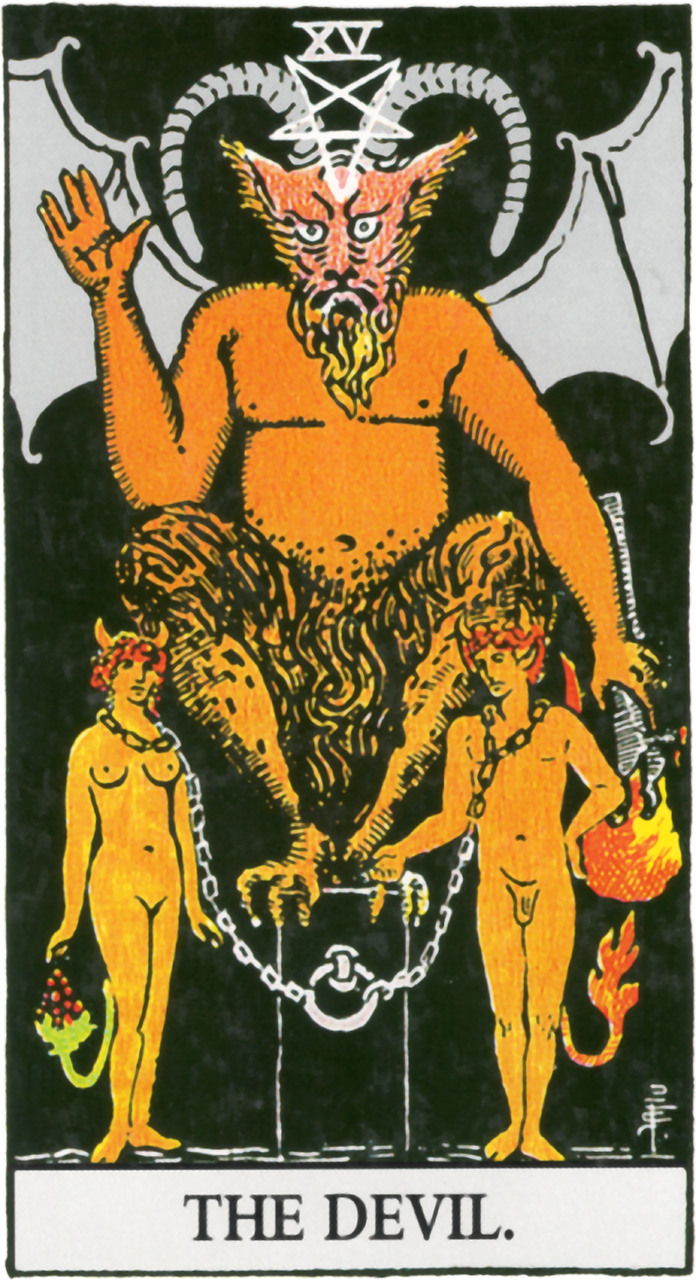Tarot Decks and Databases Share Basic Functions
Let’s start with several points… if you disagree with any of them, feel free to say why in the comments… please!
- A database provides storage, access, and organization.
- All data in the database belongs to some larger set in some way. Think of inventory and customers for a website store, as an example. The store has inventory. The store has customers. Customers don’t have inventory. Inventory doesn’t have customers.
- A database can store anything that can be described with words, numbers or pictures. (If you have doubts about the latter, a picture can be described with ones and zeroes. You probably have lots of those on your smartphone).
- Sometimes one discrete piece of data can encompass several more granular yet discrete smaller pieces of data. As an example, an invoice can contain line items. This is how databases are organized.
- Any given book provides storage, access and organization.
- Let’s consider a book about tarot. Let’s take Eileen Connolly’s “tarot A New Handbook For the Apprentice,” which came highly recommended to me as the best book for beginners. I’ve now read several books, and have to agree.
- Think of looking up a chapter in the table of contents, then flipping to the listed page. The table of contents organizes and the printed page provides access. So in this respect, it’s like a database.
- Think of the sections of that chapter. We flip to a chapter called “The Minor Mentors.” It is organized into further divisions, each a card. And then each card is divided into further discrete parts. Key (a short sentence summarizing the meaning), Memory (a short poem to aid the memory), Guidelines (two or three pieces of short takeaway advice to the querent based upon the symbolic meanings), as well as several other headings.
- So a book’s organization into discrete parts and groups of subparts is much like the organization of a database.
- The book’s storage is the printed page; the database storage is electronic media.
- Now let’s consider a deck of Tarot cards. Like database and book, the deck provides storage, access and organization.
- It is organized into the arcana—suits and keys, if you prefer. Of course we knew that, because the book about tarot took its structure from the tarot.
- We rely on a special type of random access (shuffling or mixing the deck) to pick the cards for a reading so that the access and order stems from our sub-conscious.
- Let’s look at the discrete types of data, and their granularity. The card can indeed be divided into discrete sections. Let’s consider the Devil from the Waite Colman Smith deck.
- It has a name.
- It has a number.
- It contains several symbols: winged beast, fire, chains, inverted pentagram, demon couple, even fruit!
In conclusion: the tarot deck, and the interpretation of tarot (as seen in the organization of a book about tarot) share the key characteristics of a computer database: storage, access and organization. In particular, the organization of a given tarot card into discrete pieces of information (such as the name) and the collections of multiple discrete pieces of information (the symbols) mirror the flexibility of the data structures in a modern computer database. I won’t go into detail just yet as to nuts and bolts processes such as tables and how we link the data of one type of entity in one table to those instances in another table that refer to the entities in the first table.
We’ll leave you with this image of a storage organizer. See the divisions, and the subdivisions within divisions.

Copyright Information: This article’s content by John Iacovelli, for islevue.com is licensed under a Creative Commons Attribution 4.0 International License. Permissions beyond the scope of this license may be available at mailto:admin@islevue.com.
This article’s content by John Iacovelli, for islevue.com is licensed under a Creative Commons Attribution 4.0 International License. Permissions beyond the scope of this license may be available at mailto:admin@islevue.com.
